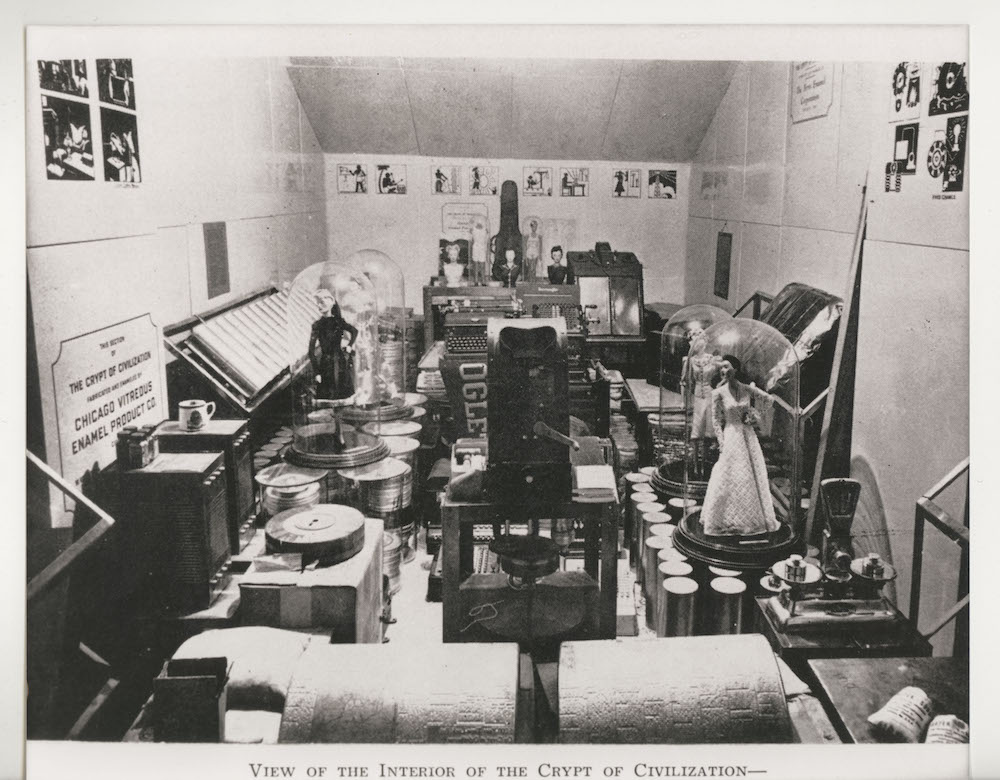
With all the Marty McFly “Back to the Future” fever that’s taken over the internet recently, taking a look inside the mother of all time capsules is probably the perfect way to finish up the week.
The “Crypt of Civilization”, is an airtight room at Oglethorpe University in Georgia, USA, that was sealed up in 1940, containing a wealth of artifacts from literary works to everyday items, not to be opened until the year 8113.
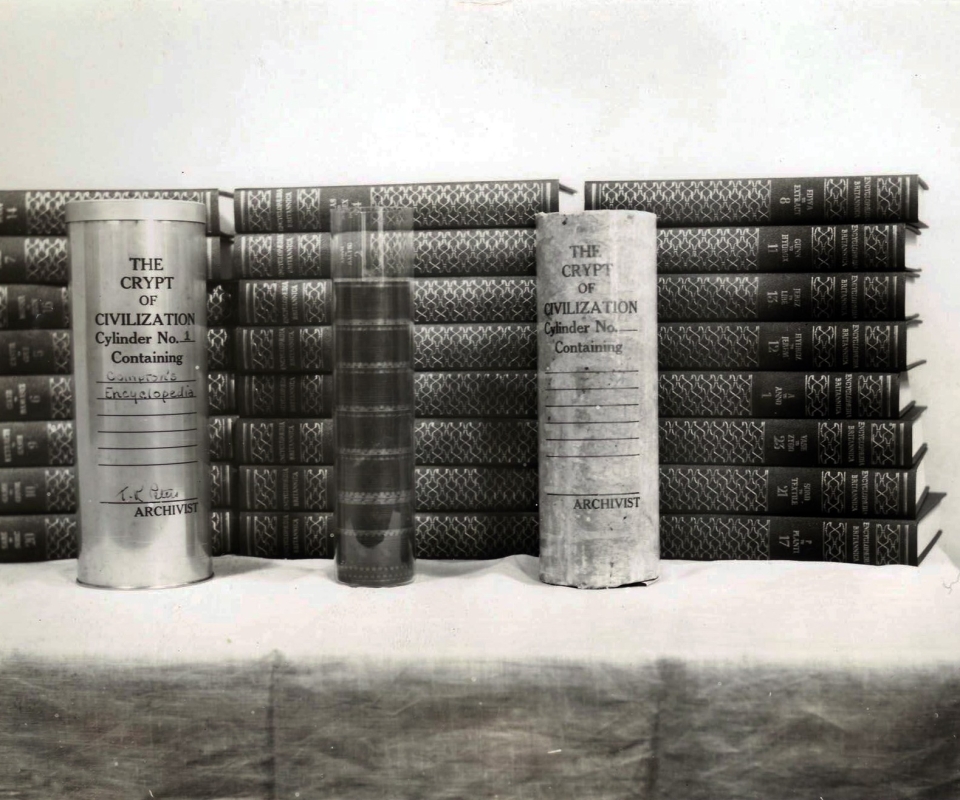
Built between 1937 and 1940, it is officially recognised as the first successful modern “time capsule”, a term that was not even invented until a pavilion at the New York World’s Fair copied the university’s idea in 1939 to bury and preserve objects for future generations, and gave it the name “Time Capsule”.
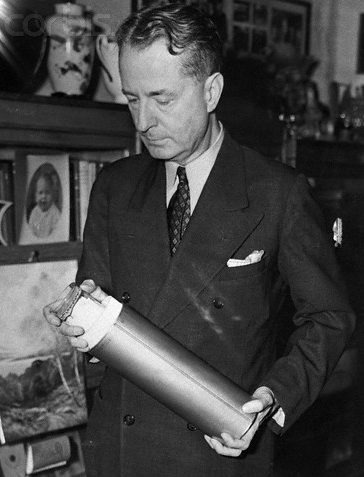
It was originally the brainchild of Thornwell Jacobs, who became the University of Oglethorpe’s president for three decades in 1915, and is today often referred to as “the father of the modern time capsule”. In the 1920s, the Egyptian pyramids and the tomb of King Tut were being opened for the first time to much anticipation, but Thornwell was baffled by the lack of historical information available from these ancient civilisations.
As a side note, Thornwell Jacobs is also credited with having rediscovered the burial place of General James Edward Oglethorpe in England, a British general and founder of the colony of Georgia.
But back to the crypt…
Why seal it for more than 6000 years, and why the date 8113 AD? Inspired by the buried tombs of Egypt, Thornwell noted that the start of the Egyptian calendar, the first known date in recorded history, was established in 4241 BC, which meant at the time he was building the crypt, 6,177 years had passed. And so, whichever future inhabitants (or visitors to planet Earth) open the crypt in the year 8113 AD (6,177 years away) will be able to see what civilisation was like at the exact mid point of human history. Pretty cool right? Or as Marty McFly would say, heavy!
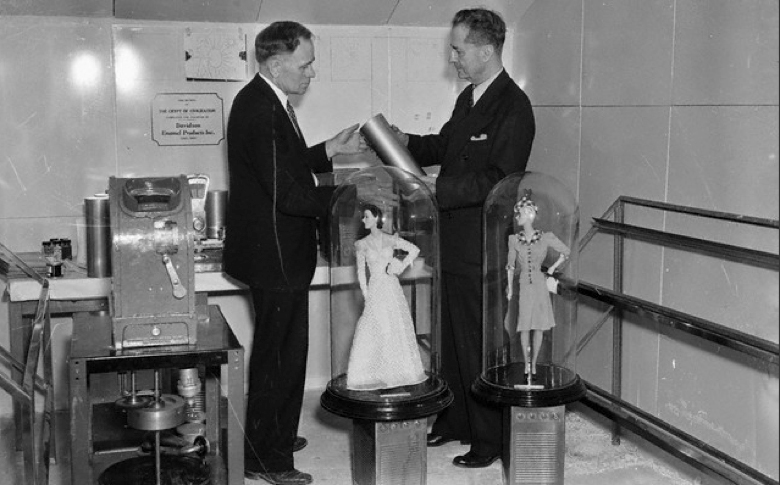
The room of the crypt is 20 feet long, 10 feet high and ten feet wide, basically the size of a swimming pool– it was actually converted from the university’s old swimming pool and the walls were lined with enamel plates embedded in pitch. The air in the room was replaced by inert gasses and the stainless steel door welded shut.
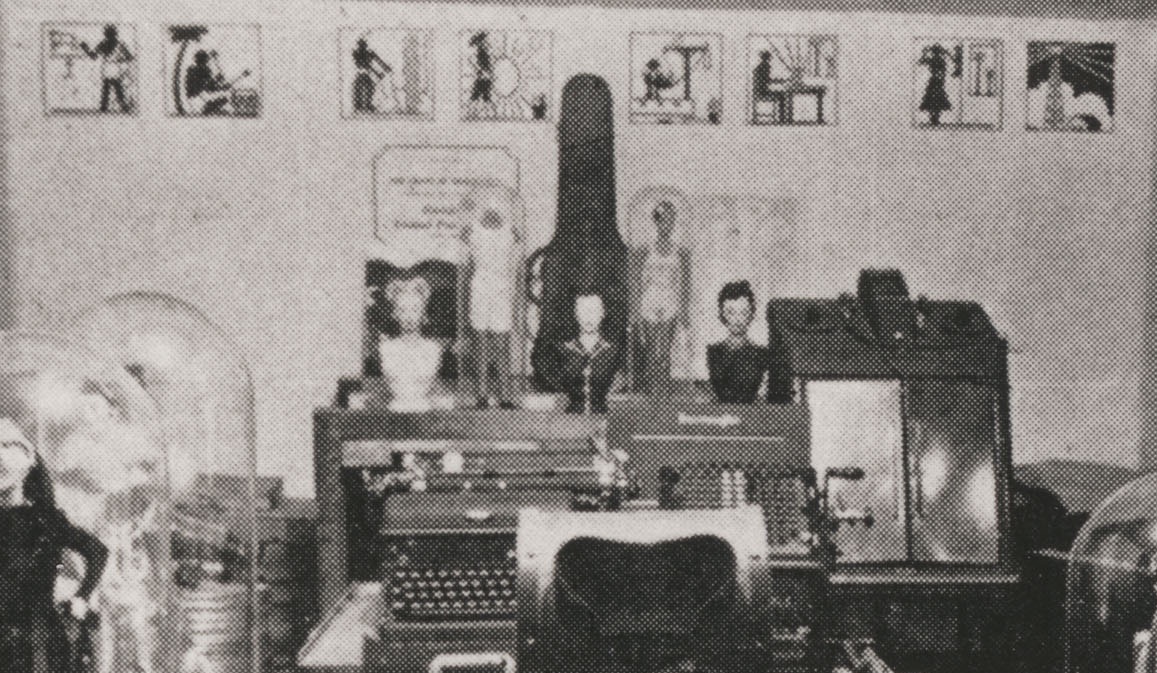
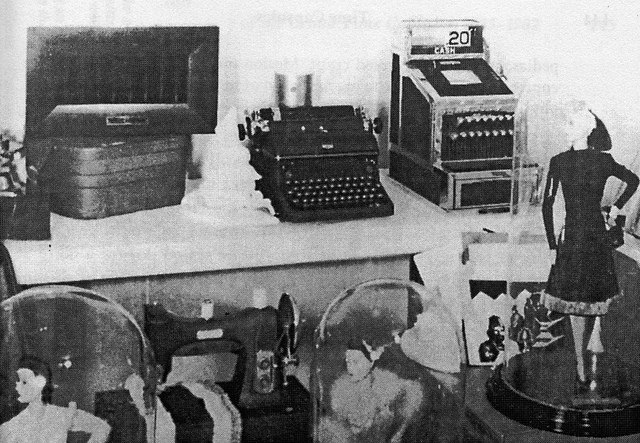
A plaque is mounted above the crypt’s sealed entrance.
“This Crypt contains memorials of the civilization which existed in the United States and the world at large during the first half of the twentieth century… No jewels or precious metals are included. We depend upon the laws of the county of DeKalb, the State of Georgia, and the government of the United States and their heirs, assigns, and successors, and upon the sense of sportsmanship of posterity for the continued preservation of this vault until the year 8113 … Until that time we beg of all persons that this door and the contents of the crypt within may remain inviolate.”
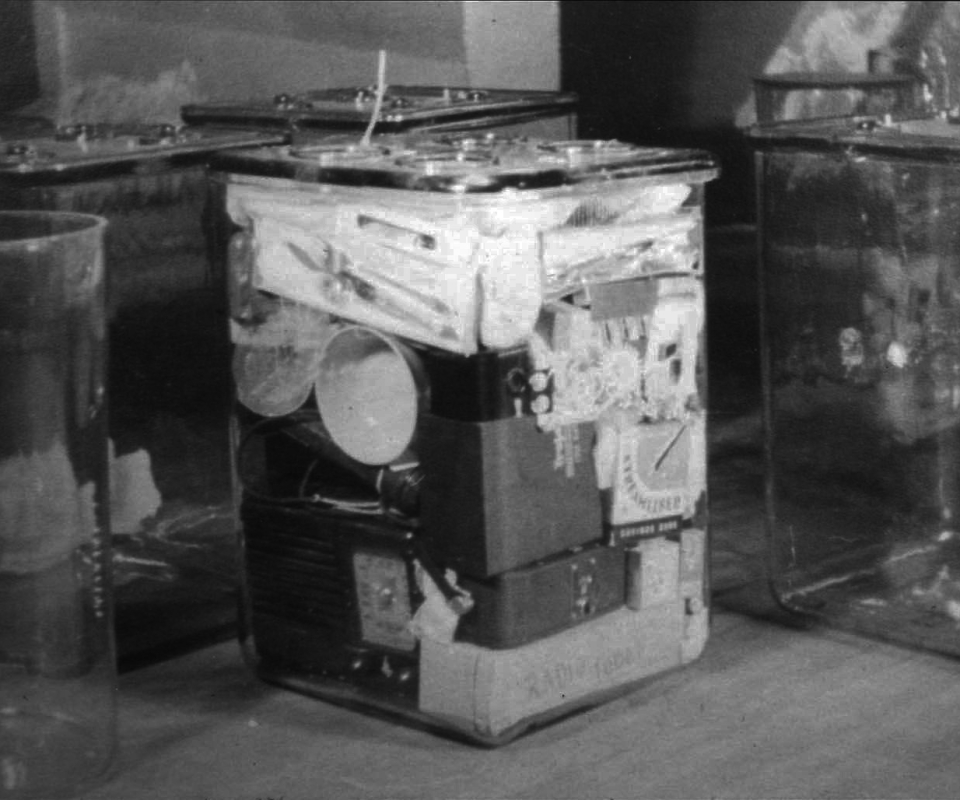
And finally, let’s get to the crypt’s contents. There’s over 640,000 pages of micro-filmed material, including the Koran, Shakespeare, and the screenplay of Gone with the Wind. There’s a device designed to teach the English language to the Crypt’s finders– you know, just in case it’s a dead language by then. But there are also some pretty strange objects counted among the inventory and I’ve listed a few of the oddest:
- 1 pair ladies stockings
- 1 set artificial finger nails
- 1 set artificial eyelashes, 1 package playing cards
- 1 lady’s breast form
- 1 glass bookend (girl’s head)
- 1 plastic bird, 1 plastic ash tray
- 1 container of beer (about one quart)
- 1 vanity make-up mirror with light
- 1 cigarette holder
- 1 model air conditioner apparatus
- 1 Toastolator (electric)
- 1 mannikin (female) in glass case
- 1 mannikin (male) in glass case
- 1 Negro doll
- 1 plastic flute
- 1 Donald Duck
You can find the complete inventory list here.
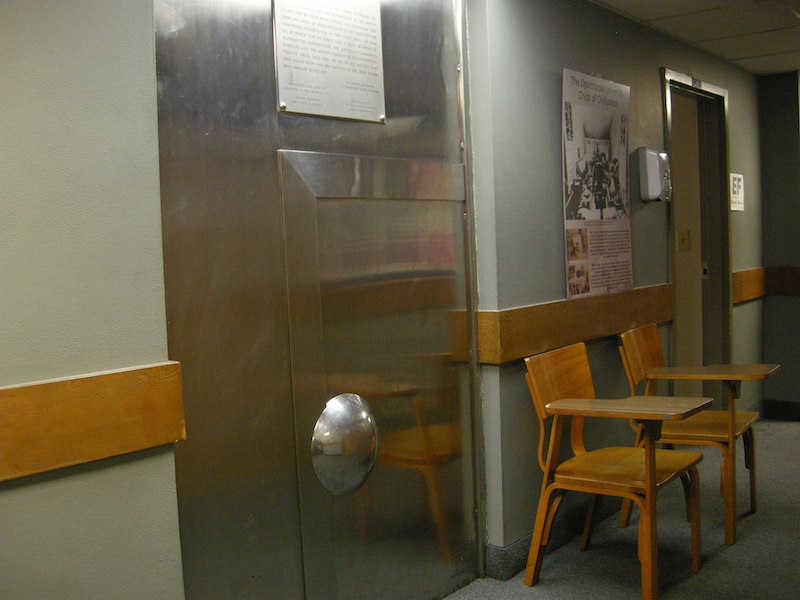
(c) Emily T, Flickr
The Crypt is located in Phoebe Hearst Hall at Oglethorpe University in Atlanta, Georgia, USA and no you can’t go inside; but you can visit the sealed stainless steel door and simply wonder how different life might be like in 6,000 years.
















